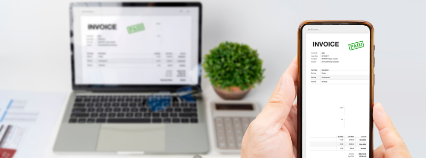What’s new in sick leave entitlements
Sickness and leave entitlements have become a concern since we entered a global health crisis. So it’s not too surprising that our national sick leave rules are about to change in a way that affects pretty much every employer in NZ.
What is changing?
Basically from 24 July 2021, your team’s 5 annual sick days will increase to 10.
The 5 extra days will kick in when an employee reaches their next entitlement date – so either after their 6 month anniversary, or on their next sick leave anniversary (every 12 months from the first 6 months).
So let’s say you have two staff. One of them, Shiralee, is pretty new – she just started a few months ago. She’ll qualify for sick leave in another few months, which is well after July 24th, so on that date she’ll get the new 10 day entitlement. The other, Craig, has been around for a few years, and he just had his usual annual month sick leave anniversary a few weeks ago. Craig won’t move onto the 10 day allowance until his next anniversary – which won’t be till this time next year.
The maximum amount of unused sick leave that anybody can build up stays at 20 days.
What do you need to do?
- Update your employment agreements – the sick leave clause for any new employees should now read 10 days. Entitlement dates (from first 6 months of employment) and the 20-day cap don’t need to change. If you’re already giving 10 days as a gesture of generosity to your staff, you might want to consider upping this even further, or giving them a different perk.
- Check your payroll system – if you’re with a provider, make sure they’ve announced an update or are prepared to make the changes in time. If you’re managing payroll yourself with a manual system, make sure you’ve updated your sick leave entitlements and calculations, and that you switch this over for your team as they reach their entitlement dates.
- Notify your staff – this isn’t compulsory, but it’s a good idea to just let your team know that their entitlements have changed and when they should expect to see it come into effect, just to head off any questions.
We are payroll experts, so reach out if you need help, we are only a phone call away.



To discuss all your account matters please call us on 09 438 1001
Contact Us
PHONE
POSTAL ADDRESS
PO Box 687
Whangarei
New Zealand
FOLLOW US
Copyright Gunson McLean Ltd © 2019
